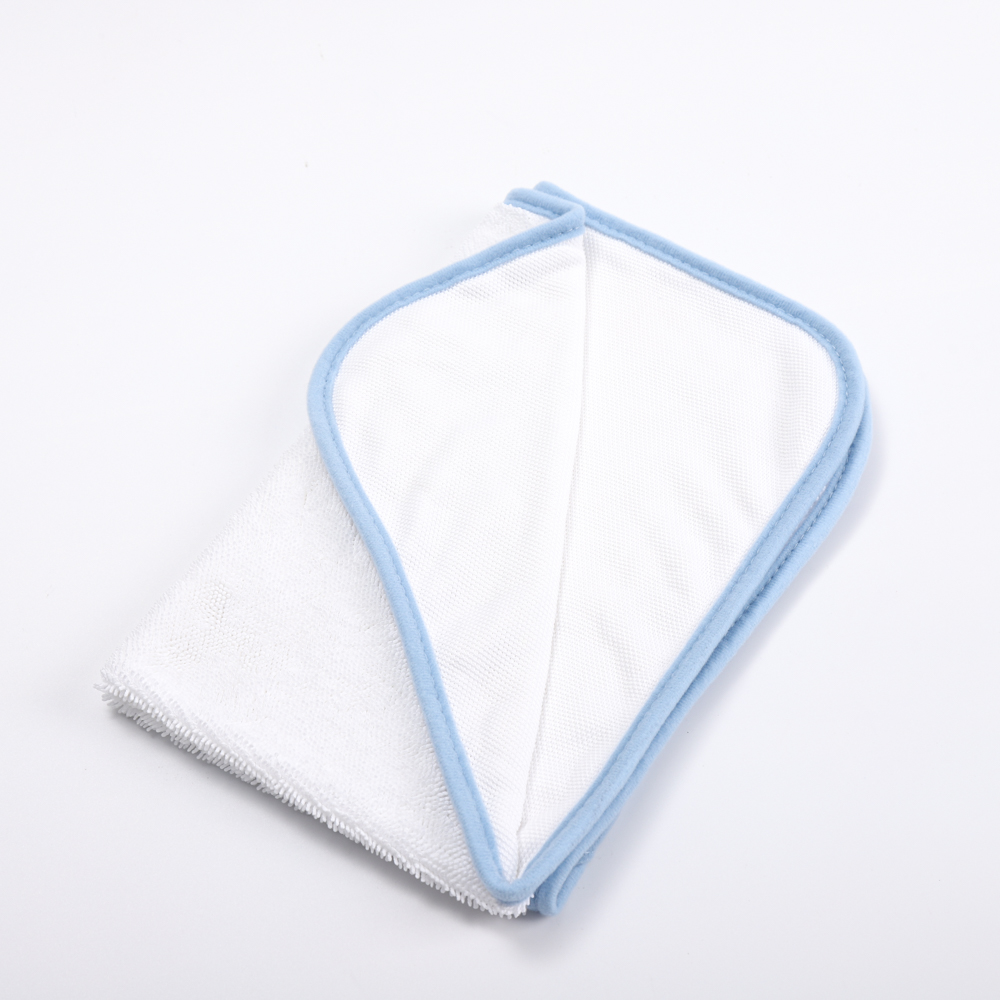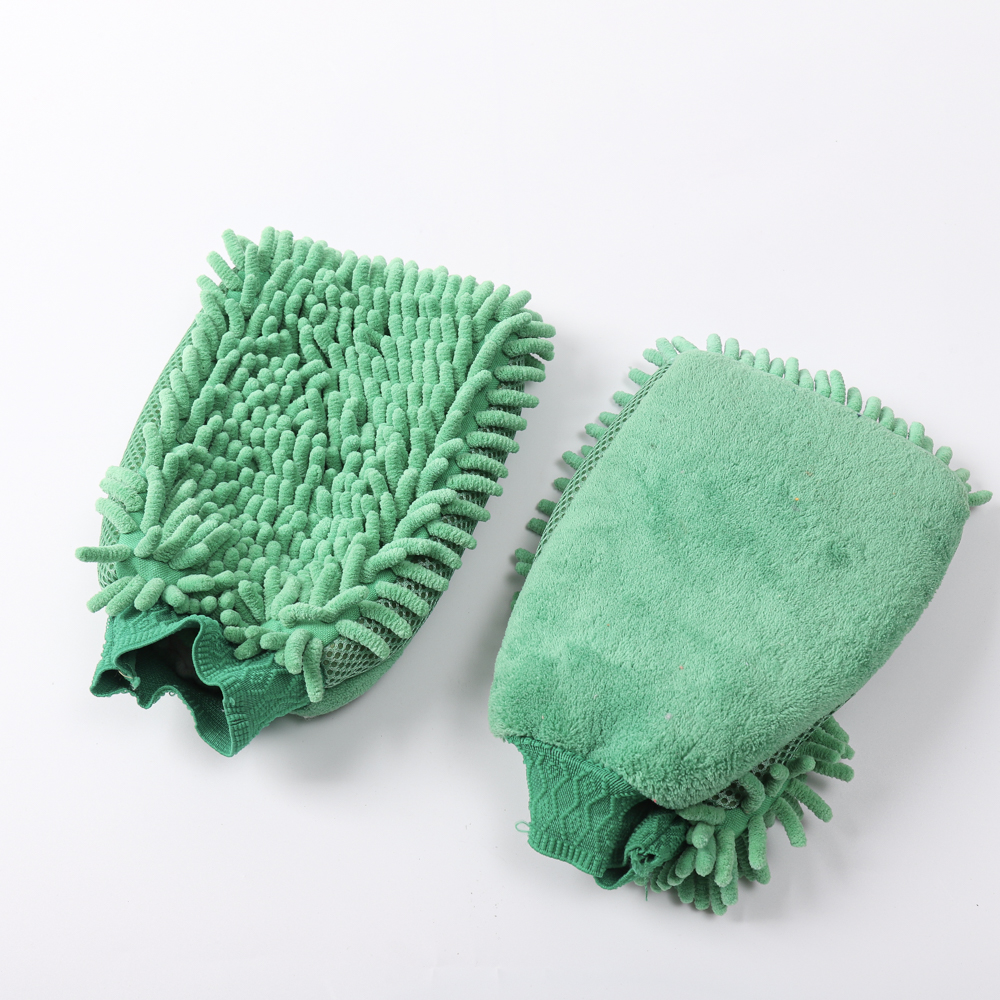1. Provisions for Safety Cabinet Performance and Testing
Both EN 12469 and NSF 49 are performance-based standards, meaning they focus on the functional capabilities of the biosafety cabinet rather than the specific design or construction details. This gives manufacturers flexibility in how they build their cabinets, as long as they meet the required performance criteria. The majority of the content in these standards (about 70%) outlines the test parameters and acceptance criteria. These tests include microbiological challenges for personnel, product, and environmental protection, airflow velocity measurements (such as inlet flow rate, exhaust volume, downflow speed, and uniformity), and airflow visualization tests. The key differences between the two standards will be highlighted in this section.
2. Physical Performance Testing and Acceptance Criteria
Both EN 12469 and NSF 49 specify testing procedures and pass/fail criteria for biosafety cabinets. However, there are notable differences:
a. Microbiological Challenge Test for Personnel, Product, and Environmental Protection
EN 12469 largely follows the methods used in NSF 49, with similar acceptance criteria. However, it introduces a unique test called the KI-Discus test, which is specifically designed to evaluate the real-time contamination control performance of the cabinet. Unlike traditional microbial challenge tests that only provide a pass/fail result, the KI-Discus test measures the Aperture Protection Factor (APF) visually. According to EN 12469, the APF must be greater than 10,000, indicating that less than one in ten thousand particles escape from the cabinet.
b. Downflow Air Velocity Test
The downflow air velocity significantly affects the safety of the cabinet and its ability to protect against contamination. EN 12469 specifies a range of 0.25–0.5 m/s, while NSF 49 does not set any specific requirements. Despite this, both European and American biosafety cabinets typically undergo the same microbial challenge tests, ensuring comparable safety levels. The test methods for downflow velocity are very similar, though NSF 49 includes more test points and stricter accuracy requirements for the anemometers used, aiming for higher measurement precision.
c. Inlet Airflow Rate Test
The inlet airflow rate is critical for maintaining the safety of the cabinet. NSF 49 uses a direct method for measuring inlet airflow, which is more accurate than the estimation method used in EN 12469, which calculates it based on exhaust flow. The latter was commonly used in the U.S. during the 1980s and 1990s. Both standards have minimum airflow requirements, but the values differ slightly. For example, the A2 biosafety cabinet under NSF 49 requires a minimum of 0.5 m/s, while EN 12469 sets the requirement at 0.4 m/s for secondary cabinets.
d. Performance Envelope
Performance envelope refers to the acceptable ranges of inlet and downflow air velocities that ensure the cabinet passes all microbial challenge tests. NSF 49 has strict regulations on this, requiring precise settings within ±0.025 m/s during quality control before delivery. EN 12469, on the other hand, only mandates that the airflow remains within the specified range without such tight tolerances.
e. Work Comfort Standards: Noise, Light Intensity, and Vibration
Noise, light intensity, and vibration tests are similar in both standards. EN 12469 specifies a noise level of 65 dBA at 1 meter from the work area, while NSF 49 measures noise at the operator’s head position, allowing up to 67 dBA. While the standards differ slightly, internal testing by ESCO shows that passing one standard typically means passing the other. Both standards also use the same method for vibration testing. In terms of lighting, NSF 49 allows 650 lux, whereas EN 12469 requires 750 lux, although EN 12469 lacks detailed guidance on background brightness and measurement accuracy.
f. Filter Leak Test (Aerosol Challenge Test)
NSF 49 uses aerosolized DOP, Emery 3004, or PAO for filter leak testing, while EN 12469 allows the use of natural aerosols as an alternative, following the same testing procedure.
g. Airflow Smoke Test
EN 12469 and NSF 49 use the same testing methods and acceptance criteria for airflow smoke tests.
h. Soap Bubble Leak Test
NSF 49 requires the soap bubble leak test to be performed routinely by manufacturers, while EN 12469 reserves this test for independent certification laboratories.
i. Other Types of Tests
NSF 49 also includes additional tests such as surface safety testing, corrosion resistance, and motor/fan performance. These tests establish basic material standards but do not directly affect the safety performance of the cabinet.
Zhejiang Sujing Purification Equipment Co., Ltd. is located in Daoxu Town, Shangyu District, Shaoxing City, Zhejiang Province. As a leading manufacturer in the purification equipment industry in East China, the company specializes in providing professional air purification systems for industries such as microelectronics, biomedicine, hospital operating rooms, fiber optics, food and beverage, precision instruments, semiconductors, and new materials. All systems comply with ISO 14644-1, GB50073-2001, and GMP standards. The company offers engineering design, construction, testing, and technical services.
The company's main product lines include purification workbenches, air showers, fume hoods, and biological safety cabinets, which are widely used in medical, electronics, pharmaceutical, biotech, food, agriculture, and research sectors. It enjoys a strong reputation in domestic and Southeast Asian markets.
Zhejiang Sujing Purification Equipment Co., Ltd. is committed to serving global consumers and distributors with high-quality products, user-friendly service, and competitive pricing. We sincerely welcome you to join us!
Auto Cleaning Products
Microfiber auto cleaning products have revolutionized the way we clean our cars.These products are made up of tiny fibers that are finer than human hair and are woven together to create a highly absorbent and effective cleaning tool. Unlike traditional cleaning cloths, Microfiber Towels are designed to trap dirt and grime, leaving your car spotless without the need for harsh chemicals or excessive scrubbing. With the growing concern for environmental sustainability, microfiber auto cleaning products are an eco-friendly alternative to disposable wipes and towels. They are durable, reusable, and can be washed and reused multiple times. In this article, we will explore the benefits of using microfiber auto cleaning products and how they can make your car cleaning routine more efficient and effective.Welcome talk with us about our Auto Cleaning And Waxing Towel,car cleaning mitt,car cleaning sponge.



Auto cleaning products, auto cleaning and waxing towel,car cleaning mitt,car cleaning sponge
jiangsu qiyun cleaning knitting product co.,ltd , https://www.jarfrry.com


